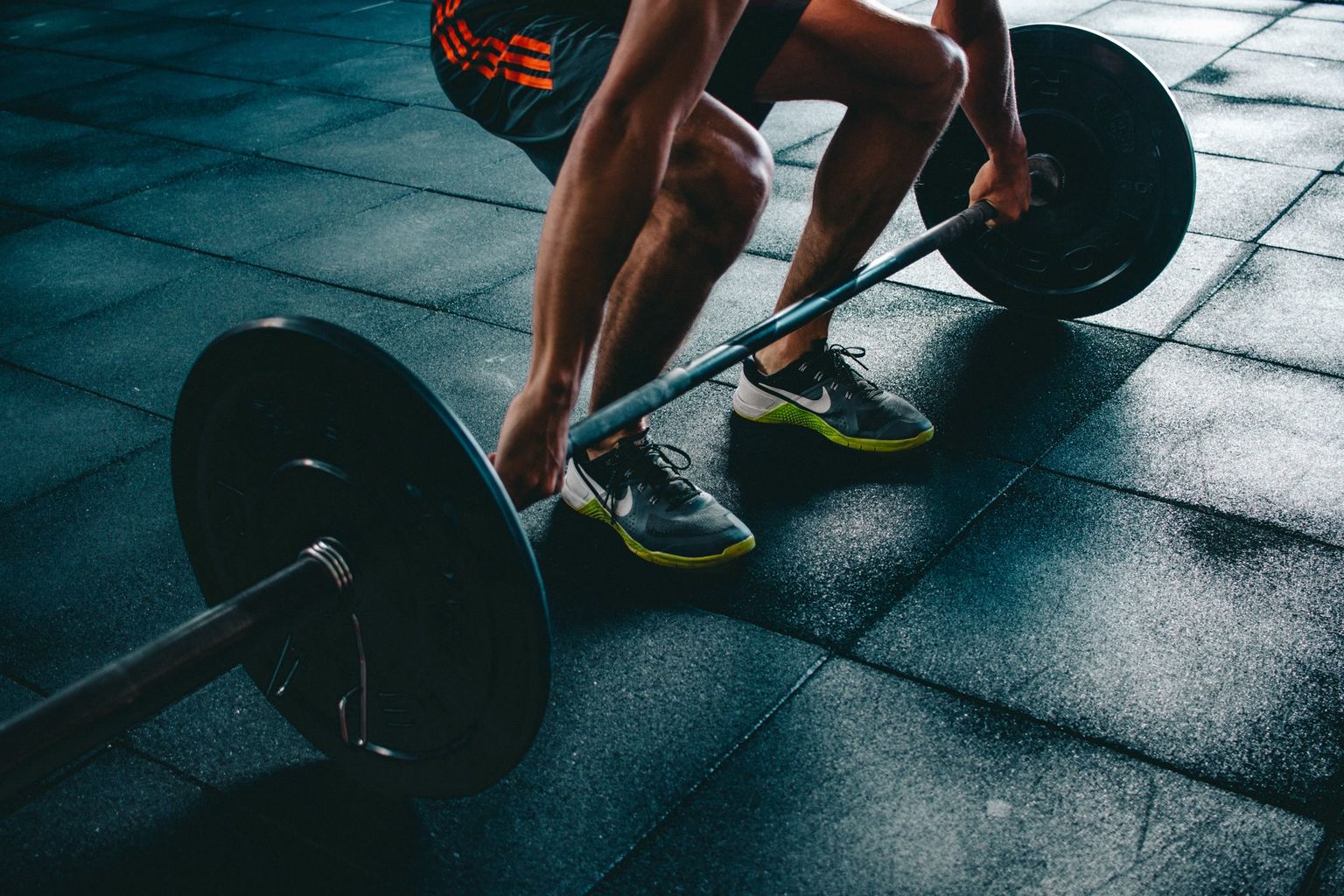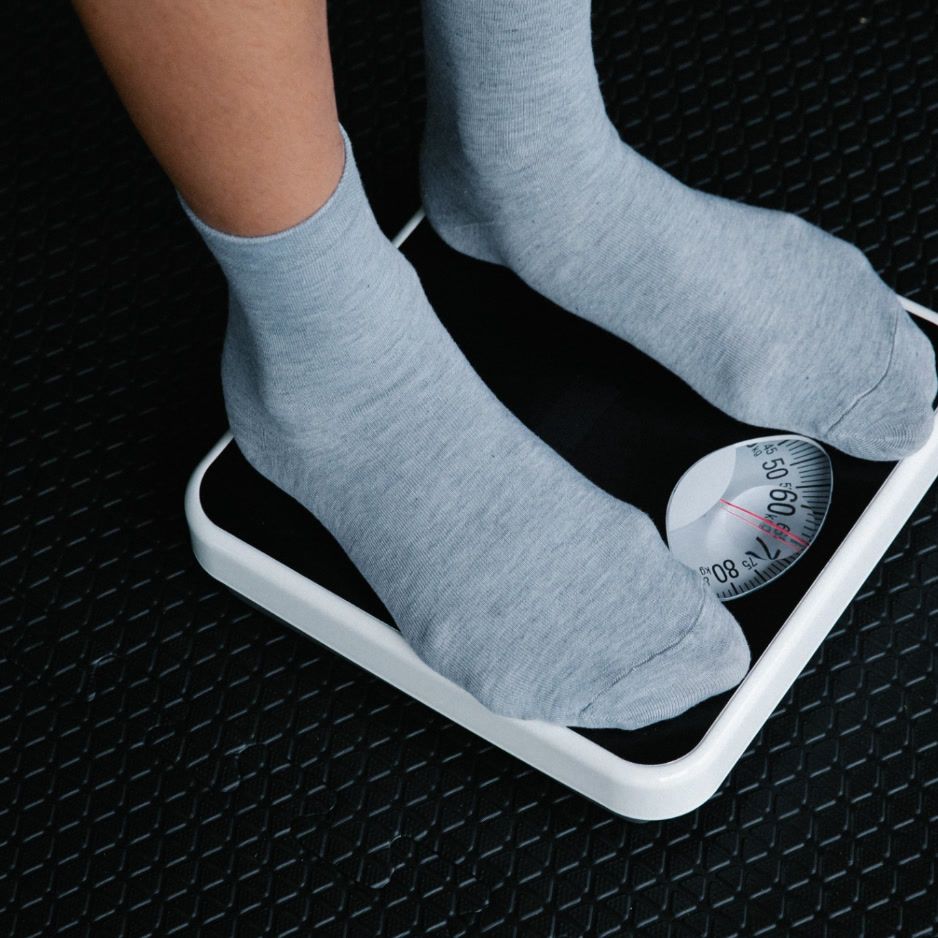25 Science-Backed Superfoods for Weight Loss
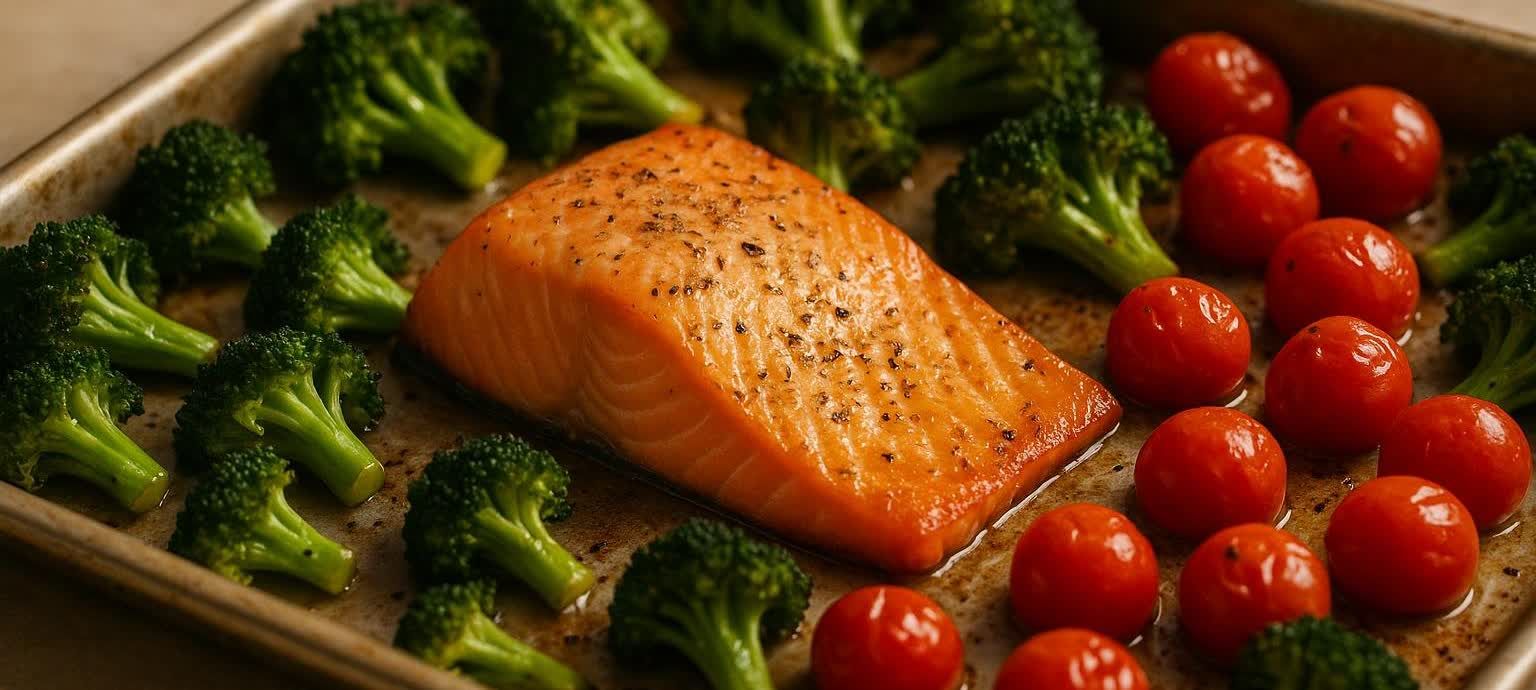
25 Superfoods for Weight Loss (Backed by Science)
No single food melts fat on its own. But certain foods can make weight loss easier. They help you:
- Feel full on fewer calories
- Support metabolic health
- Hold onto muscle while you lose fat
Think of these as “super helpers,” not magic bullets.
Below you’ll find 25 science-backed superfoods—plus quick ways to use them today.
How superfoods actually help with weight loss
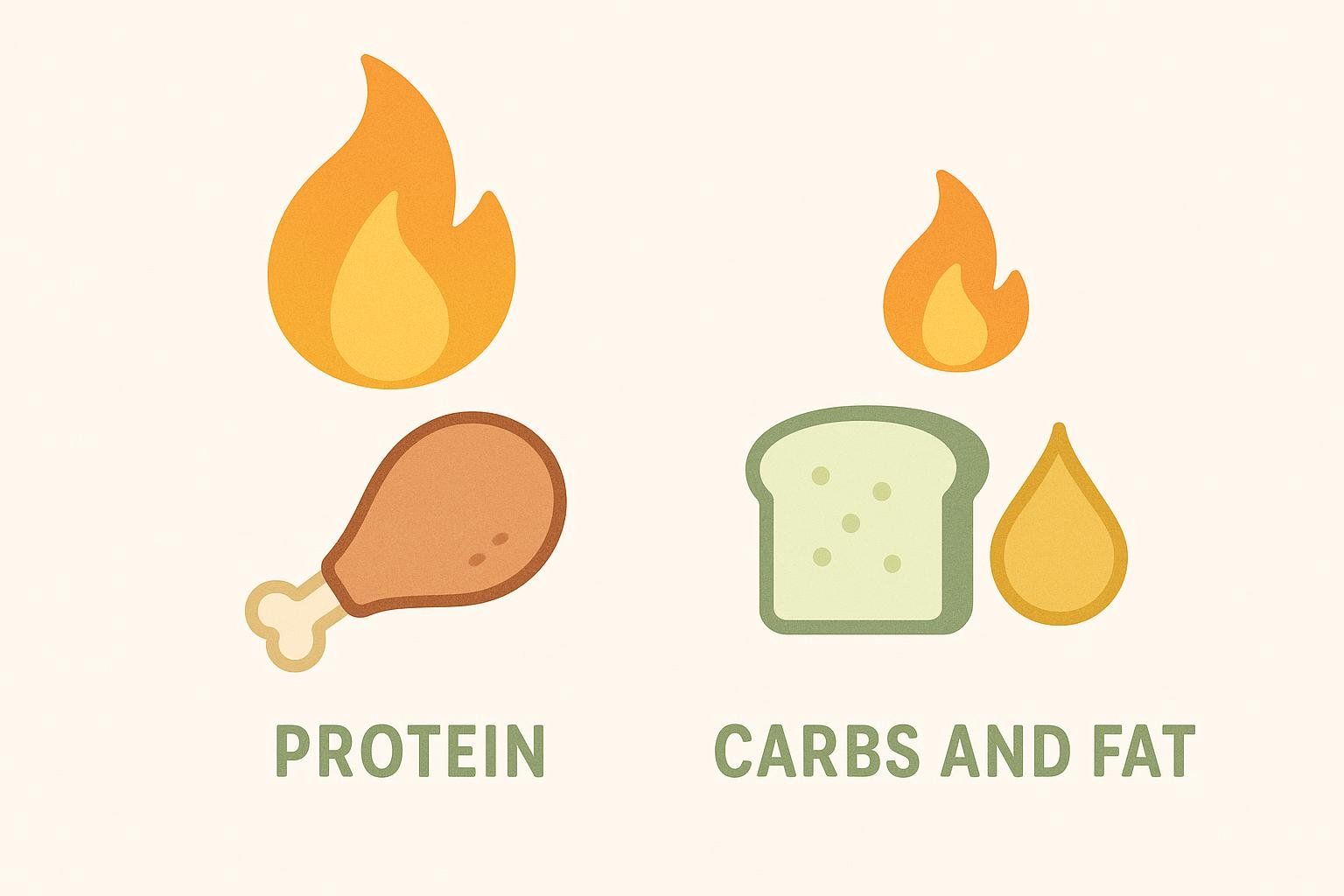
- Higher-protein picks raise the thermic effect of food—your body burns more calories digesting protein than carbs or fat. Protein’s thermic effect is roughly 20–30%. Carbs are about 5–10% and fat is 0–3%. Those differences can support a calorie deficit when paired with smart training and sleep, according to a review of diet-induced thermogenesis.
- High-fiber and low–energy-density foods add volume for very few calories, improving satiety so you can stick to your plan. The CDC highlights fruits and vegetables as a practical way to feel full on fewer calories in its guidance on fruits, vegetables, and weight management.
- Capsaicin from chili peppers may slightly increase energy expenditure and satiety; see this review on capsaicin’s anti-obesity potential. Green tea provides catechins and caffeine that can modestly support fat oxidation and weight control, as noted in guidance from the NCCIH on green tea. Caffeine from coffee can acutely raise energy expenditure, though responses vary; see a 2021 systematic review and meta-analysis on caffeine and fat metabolism.
Pro tip: Build most meals around protein + fiber + produce. Use thermogenic extras (tea, coffee, chiles, vinegar) as small but helpful boosts.
The 25 best superfoods for weight loss
Each food includes a brief explanation of why it works and a simple serving idea.
1) Eggs
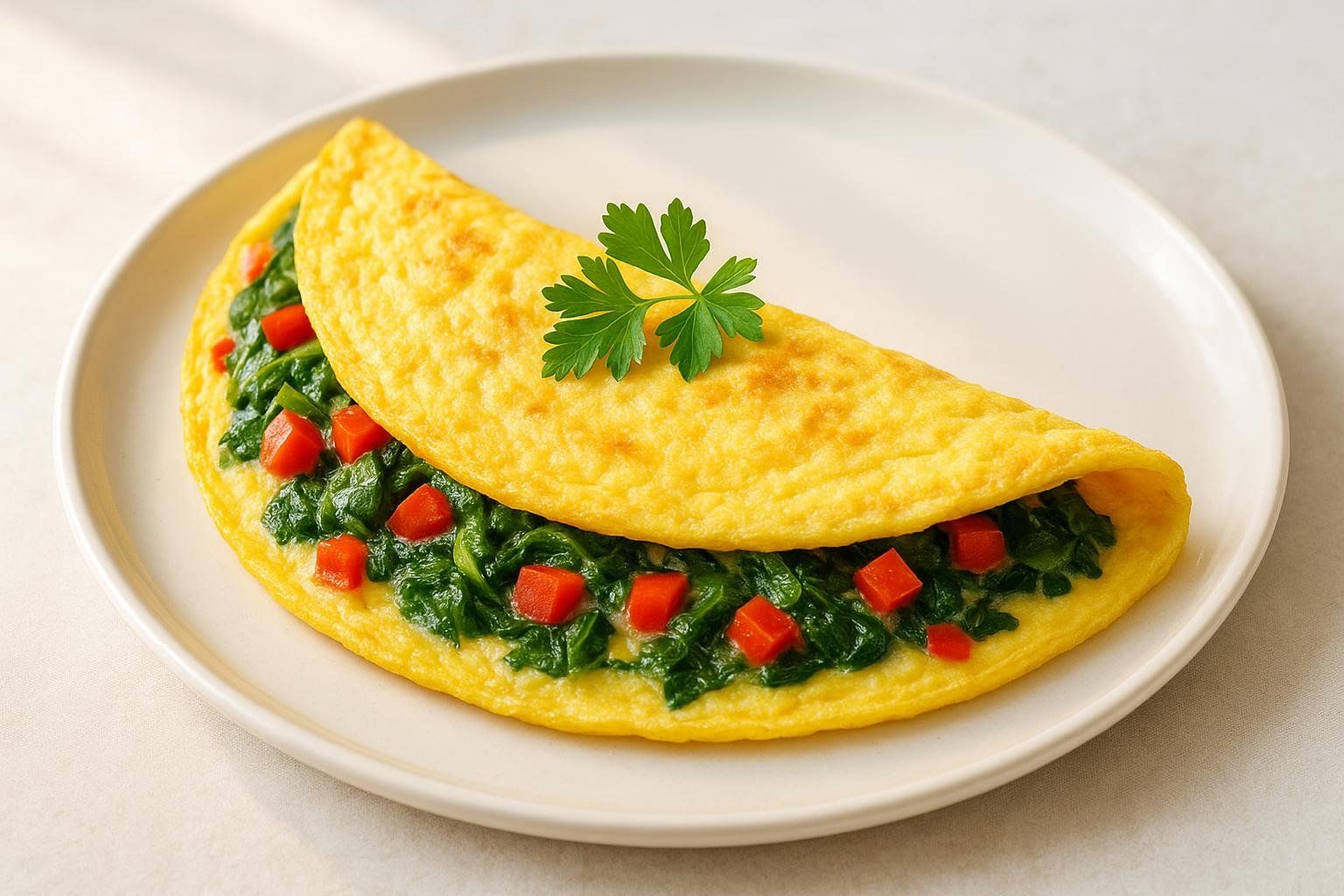
- Why: High-quality protein with a strong satiety effect and high thermic cost of digestion.
- Try: Veggie omelet or hard-boiled eggs with fruit.
2) Greek yogurt (unsweetened)
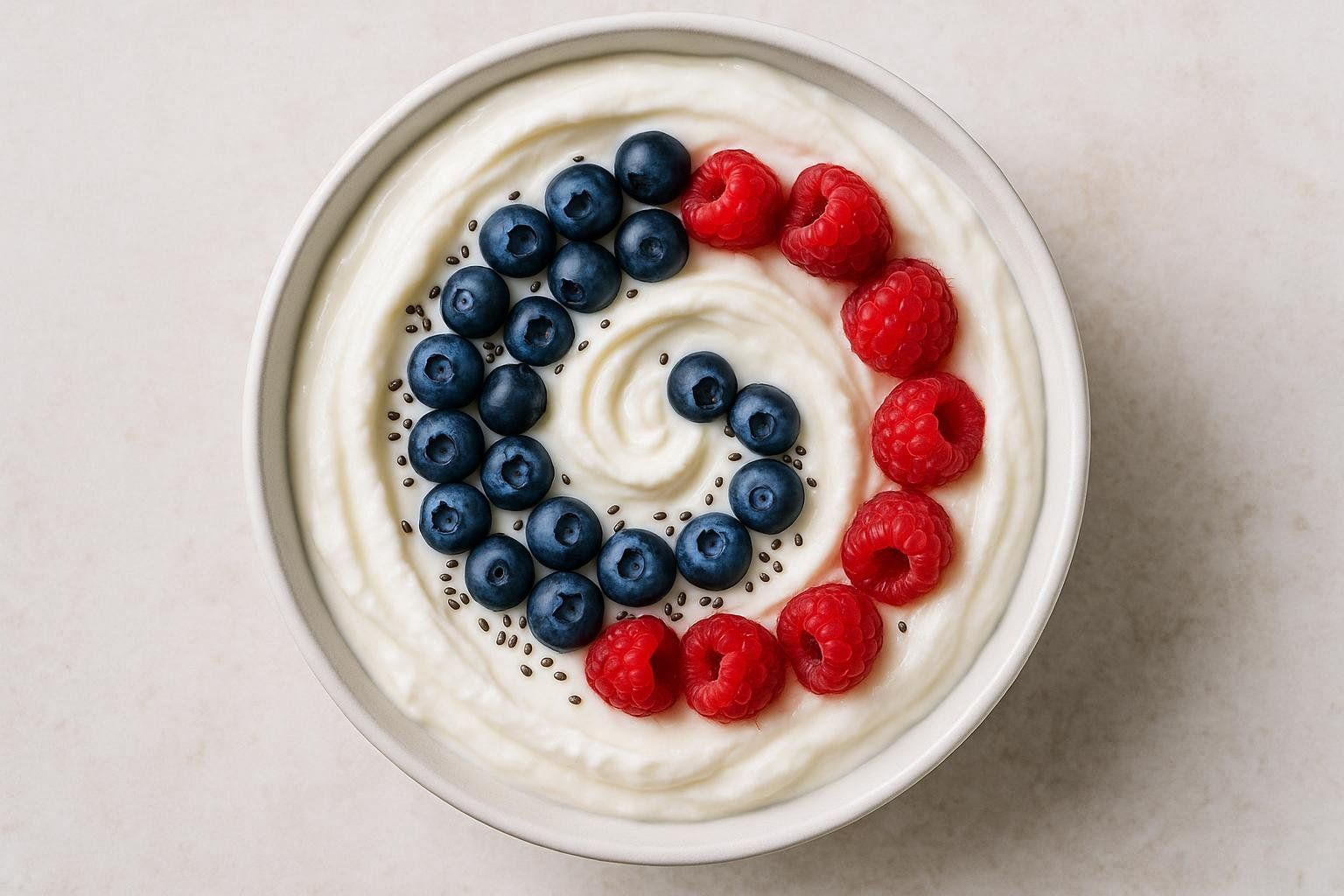
- Why: Protein + probiotics; a systematic review of yogurt and weight management found favorable associations in cohort studies and modest benefits in small trials.
- Try: Greek yogurt bowl with berries and chia.
3) Salmon and other fatty fish
- Why: Protein for satiety plus omega-3s that support metabolic and cardiometabolic health.
- Try: Sheet-pan salmon with broccoli.
4) Chicken breast or turkey
- Why: Lean protein to hit daily protein targets without many calories.
- Try: Grilled chicken quinoa bowls.
5) Lentils, beans, chickpeas (pulses)
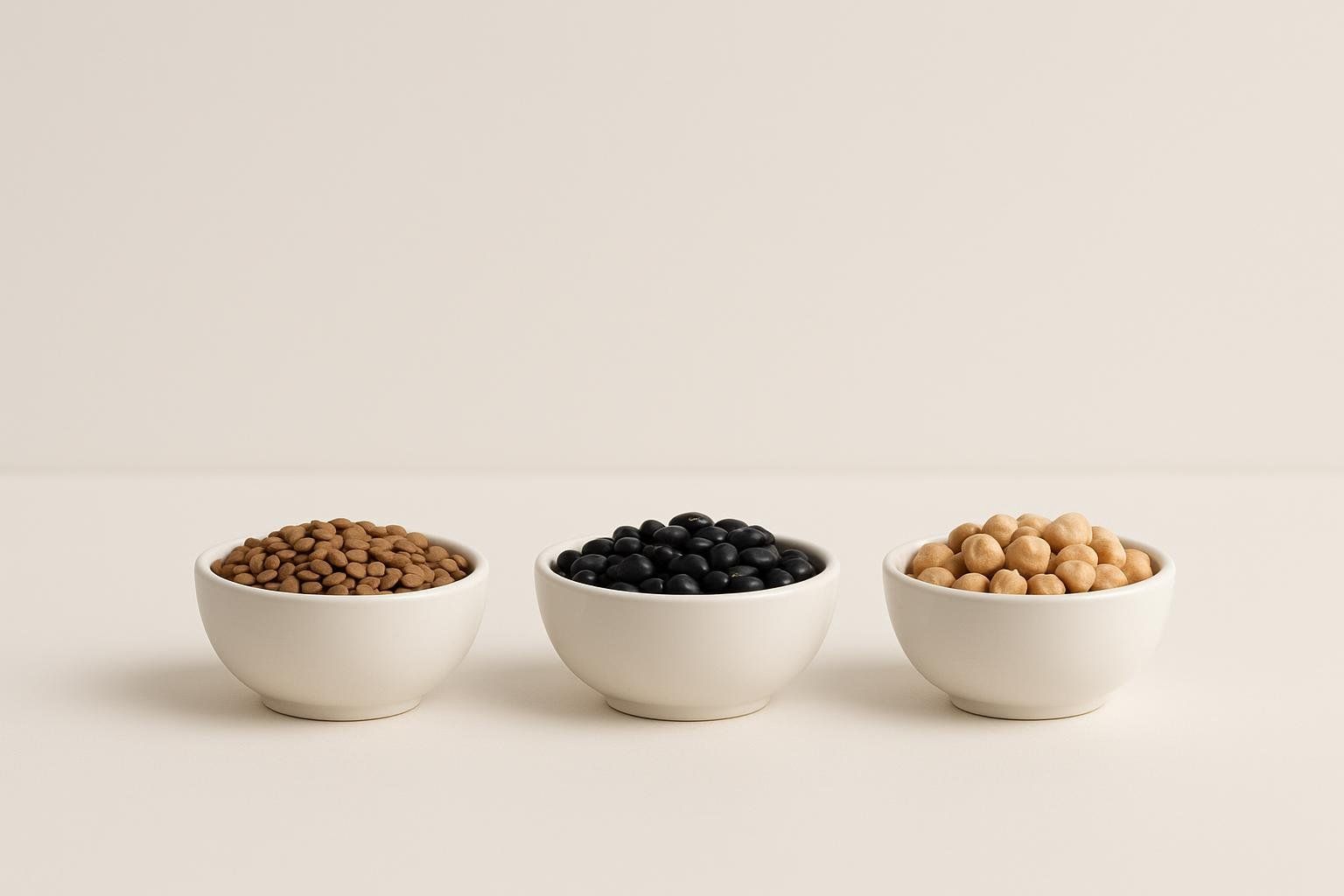
- Why: Fiber + protein; a review of pulses and weight management reports pulses increase satiety and can aid loss during calorie restriction.
- Try: Lentil soup or chickpea salad.
6) Oats (especially steel-cut/old-fashioned)
- Why: Beta-glucan increases meal viscosity and fullness vs. refined cereal, per a crossover trial on oat β‑glucan and appetite control.
- Try: Overnight oats with berries.
7) Berries (strawberries, blueberries, raspberries)
- Why: Low-calorie, high-fiber, antioxidant-rich fruit.
- Try: Add to yogurt or oatmeal.
8) Leafy greens (spinach, kale)

- Why: Extremely low energy density with micronutrients; promote fullness for few calories.
- Try: Egg scramble or big salad base.
9) Cruciferous vegetables (broccoli, Brussels sprouts, cauliflower)
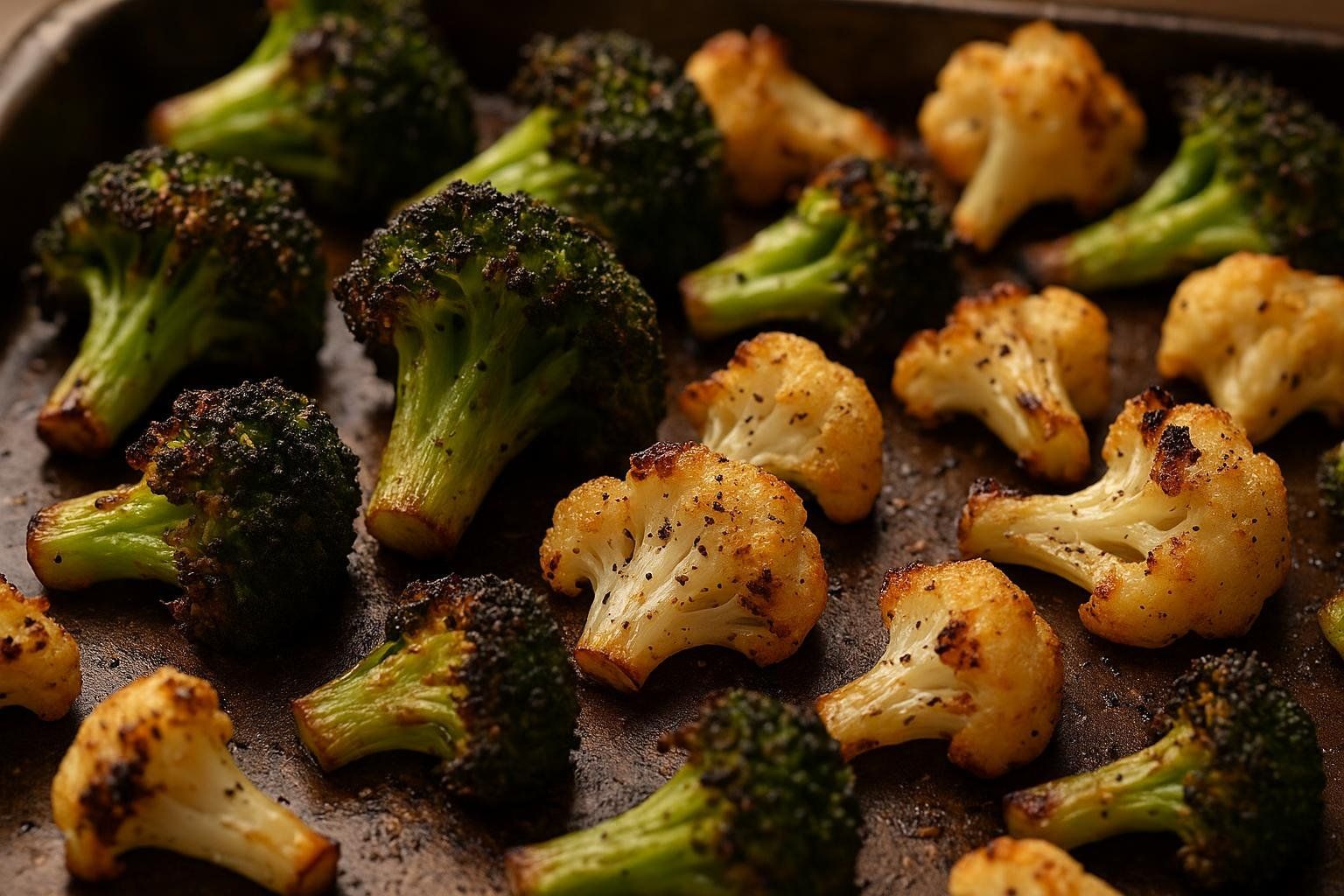
- Why: Fiber-rich, nutrient-dense; support fullness.
- Try: Roast with olive oil and spices.
10) Nuts (almonds, walnuts, pistachios)
- Why: Calorie-dense but satiating; higher nut intake is linked to less long-term weight gain; walnuts may influence appetite control, according to Harvard Health.
- Try: 1-ounce portion with fruit.
11) Chia seeds
- Why: Fiber that forms a gel, helping fullness; easy way to raise daily fiber.
- Try: Stir into yogurt or smoothies.
12) Flaxseed
- Why: Fiber + lignans; supports satiety; practical sprinkle-on boost.
- Try: Add ground flax to oats or salads.
13) Quinoa and other intact whole grains
- Why: More protein and fiber than refined grains; supports fullness.
- Try: Quinoa bowl with veggies and chicken.
14) Apples
- Why: Pectin-rich fruit that supports fullness; whole fruit has more satiety than juice; see a 2022 scoping review on pectin’s nutrition and health effects, which reports increased satiety and delayed gastric emptying in multiple human studies.
- Try: Apple slices with peanut butter.
15) Grapefruit (or other citrus)
- Why: Low-calorie fruit with fiber and water for volume; pairs well with protein breakfasts.
- Try: Half grapefruit with eggs.
16) Cottage cheese
- Why: High protein and very filling; versatile sweet or savory.
- Try: Cottage cheese with berries and cinnamon.
17) Extra-virgin olive oil
- Why: A heart-healthy fat that can improve diet quality and meal satisfaction when it replaces butter or shortening.
- Try: Dressings or roasting veg.
18) Avocado
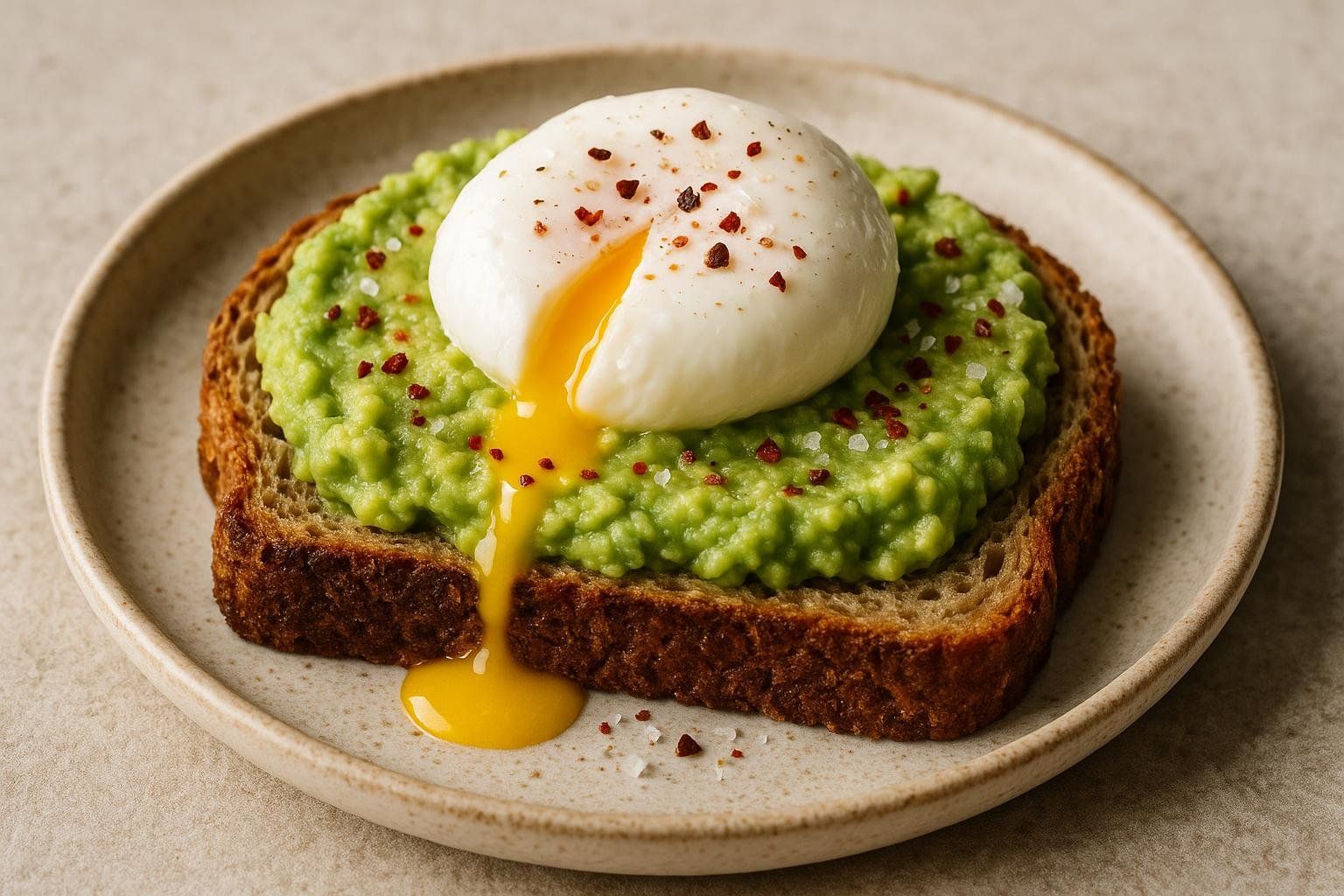
- Why: Fiber + monounsaturated fats; may improve meal satisfaction and diet adherence when portions are controlled.
- Try: Avocado toast with eggs.
19) Green tea
- Why: Its catechins and caffeine combination has been linked with small improvements in calorie burning and fat oxidation, according to the NIH Office of Dietary Supplements.
- Try: 2–3 cups/day or matcha latte (light on sweetener).
20) Coffee
- Why: Caffeine increases energy expenditure and fat oxidation short term; a 2021 systematic review and meta-analysis concluded caffeine has a small but significant effect on increasing fat metabolism at rest and during exercise.
- Try: Black coffee or with a splash of milk.
21) Chili peppers (capsaicin)
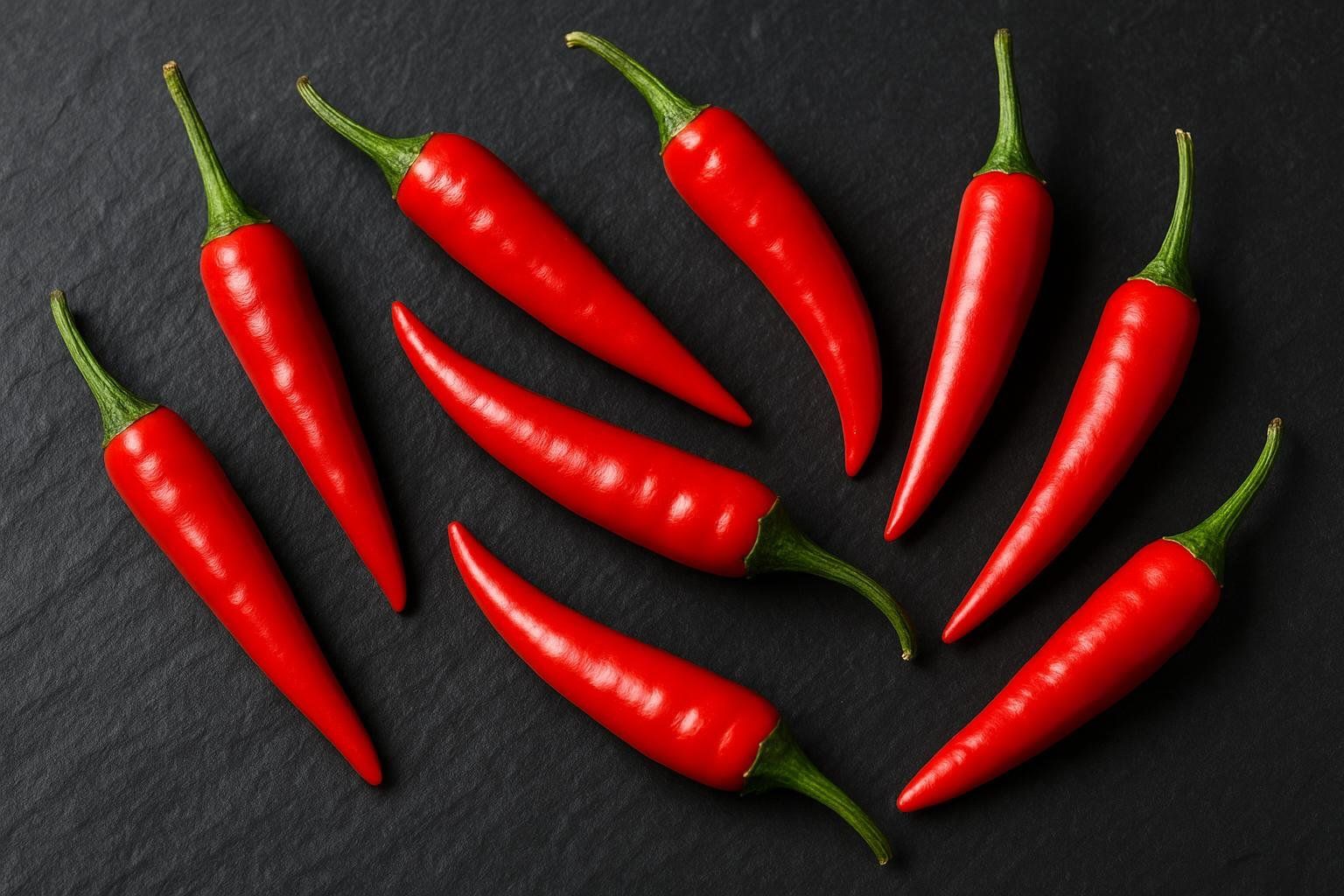
- Why: May slightly increase energy expenditure and satiety; meta-analyses suggest modest support for weight management.
- Try: Add red pepper flakes or hot sauce to meals.
22) Vinegar (e.g., apple cider vinegar)
- Why: Studies suggest vinegar can improve how muscles use sugar after meals and reduce post-meal blood sugar and insulin spikes, though weight loss effects are inconsistent; see this controlled trial in type 2 diabetes.
- Try: Use as salad dressing base; avoid undiluted shots.
23) Tomatoes
- Why: Low-calorie, high-volume produce; cooking with EVOO boosts lycopene absorption.
- Try: Cherry tomatoes as a snack; simmered sauces.
24) Edamame and tofu (soy foods)
- Why: Plant protein + fiber; easy to add to bowls and stir-fries; supports protein targets.
- Try: Steamed edamame with sea salt; tofu stir-fry.
25) Potatoes, cooked and cooled (resistant starch)
- Why: Cooling increases resistant starch, which may improve satiety and fat oxidation and support body-composition benefits, though direct weight-loss effects are mixed, per a review on resistant starch and energy balance.
- Try: Make a cooled potato salad with olive oil and herbs.
Budget-, time-, and diet-friendly picks
- Budget-friendly picks: Canned beans, lentils, oats, frozen berries, eggs, carrots, cabbage, canned tuna.
- 5-minute options: Greek yogurt cup + berries; tuna pouch + whole-grain crackers; edamame + string cheese.
- Vegan swaps: Pulses, tofu/tempeh, edamame, chia/flax, oats, quinoa, nuts, seeds.
- Keto-leaning: Eggs, salmon, leafy greens, crucifers, avocado, EVOO, chia/flax, coffee/tea, vinegar.
Sample day built with superfoods (≈1,600–1,800 kcal)
- Breakfast: Greek yogurt parfait with berries, chia, and a few walnuts; coffee.
- Lunch: Lentil–quinoa bowl with spinach, roasted broccoli, tomatoes, EVOO–vinegar dressing; sparkling water.
- Snack: Apple + 1 oz almonds; green tea.
- Dinner: Sheet-pan salmon, cooled new-potato salad (EVOO, dill), big side salad with peppers.
- Heat boost: Sprinkle red pepper flakes on dinner.
Smarter “superfood” expectations
- No food compensates for chronic calorie surplus. Use these foods to make a sensible deficit more comfortable.
- Be wary of supplement claims. The NIH notes most weight-loss supplements show little to modest effects at best and can carry safety risks, per its fact sheet for health professionals on weight-loss supplements.
- Track what matters. A scale can’t show if you’re losing fat vs. muscle—pair nutrition with resistance training and objective body composition tracking.
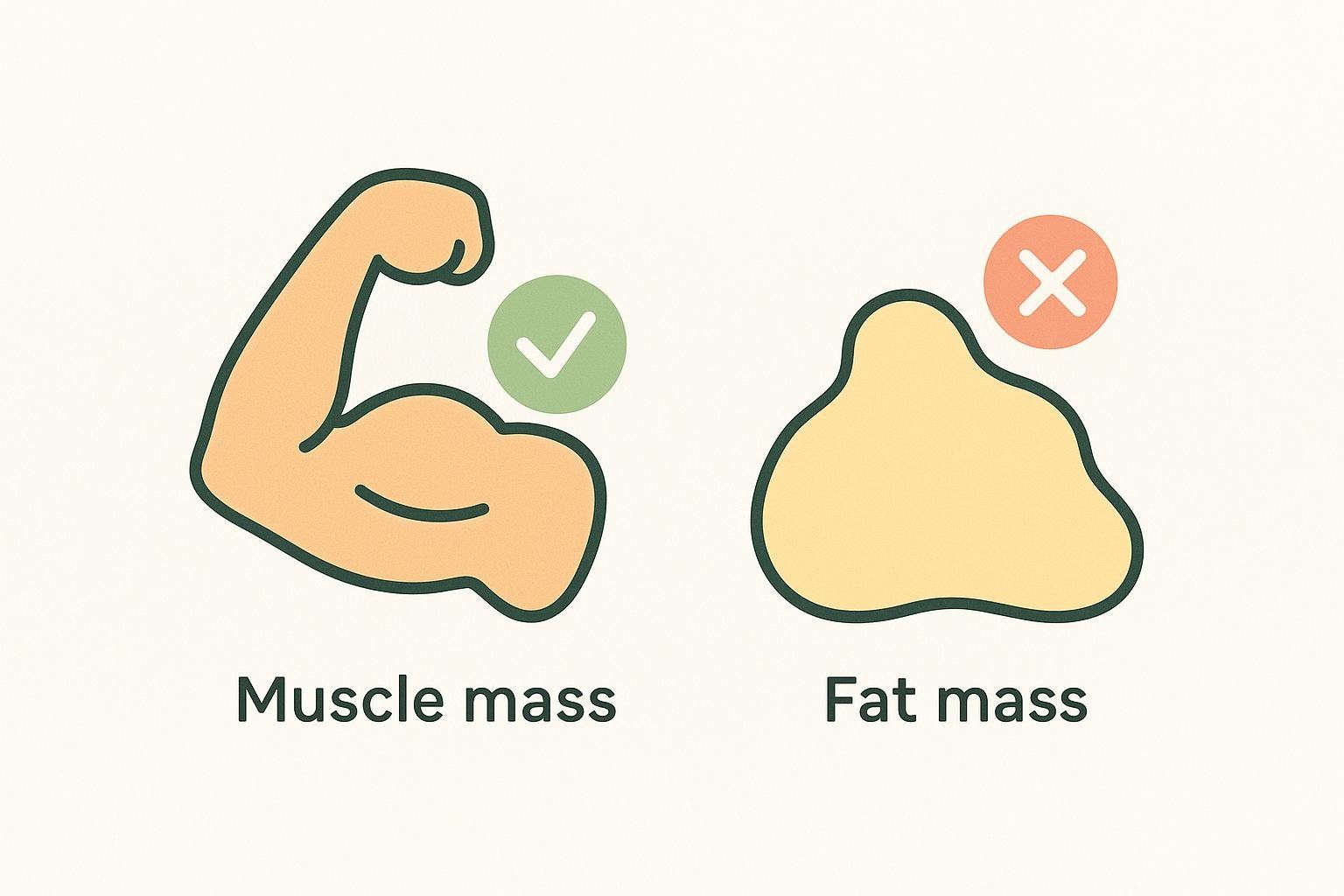
Measure what’s changing (beyond the scale)
- Book a BodySpec DEXA scan to quantify fat vs. lean mass and visceral fat changes over time, and find a location near you to get started.
- Want a deeper food list for belly fat specifically? See our companion guide: 32 Science-Backed Foods That Support Belly Fat Loss.
- Dial in fiber: How Much Fiber Per Day to Lose Weight?.

